In an era dominated by technology, the thought of navigating without a compass might seem daunting. However, for those who find themselves lost in the wilderness or in a survival situation, knowing how to find your way using natural techniques is an invaluable skill.
Here, we’ll explore several methods, with helpful youtube videos that can help you navigate without a compass, using only what nature provides.
Using the Sun
The sun is one of the most reliable natural navigation tools.
Sunrise and Sunset: The sun rises in the east and sets in the west. By observing where the sun rises and sets, you can establish an approximate east-west line. At midday, the sun is generally in the southern part of the sky in the Northern Hemisphere and in the northern part in the Southern Hemisphere.
Shadow Stick Method: Stick a straight stick into the ground vertically. Mark the tip of the shadow with a small stone or stick. Wait 10-15 minutes, then mark the tip of the shadow again. Draw a straight line between the two points, which will give you an east-west line, with the first mark being west and the second mark being east.
Using the Stars
At night, the stars can guide you just as reliably as the sun.
The North Star (Polaris): In the Northern Hemisphere, Polaris is almost directly above the North Pole. To find it, locate the Big Dipper (Ursa Major). The two stars at the edge of the Big Dipper’s “bowl” point directly to Polaris, which is the last star in the handle of the Little Dipper (Ursa Minor). Once you have found Polaris, you know that you are facing north.
Southern Cross: In the Southern Hemisphere, the Southern Cross constellation can help. Draw an imaginary line from the top star to the bottom star of the Southern Cross and extend it about four and a half times its length. This will point you to the South Celestial Pole.
Using Natural Landmarks
Observing your surroundings can provide critical clues to direction.
Trees and Vegetation: Moss tends to grow on the north side of trees in the Northern Hemisphere and on the south side in the Southern Hemisphere due to the direction of the sun. However, this is not a foolproof method and should be used in conjunction with other techniques.
Wind and Weather Patterns: Regular wind patterns, such as the trade winds, can provide directional clues. In many regions, weather patterns and prevailing winds can indicate directions.
Using a Watch
An analog watch can serve as a makeshift compass.
Northern Hemisphere: Hold the watch flat and point the hour hand at the sun. The halfway point between the hour hand and 12 o’clock on the watch face will give you a north-south line, with the south being the direction closer to the sun.
Southern Hemisphere: Point the 12 o’clock mark at the sun. The halfway point between 12 and the hour hand will indicate a north-south line, with north being the direction closer to the sun.
Practice and Preparation
Mastering these techniques requires practice. Spend time outdoors honing these skills in a controlled environment before relying on them in a survival situation. Understanding and practicing these natural navigation methods can significantly increase your confidence and safety in the wilderness.




